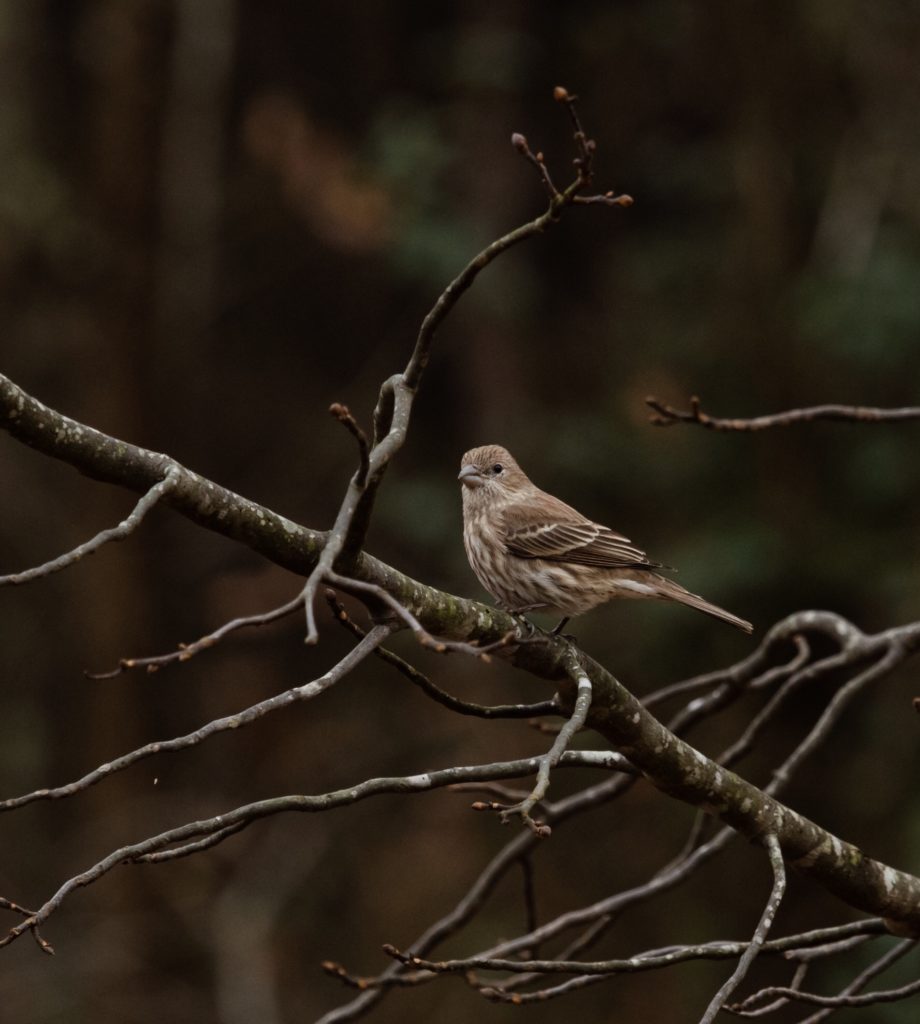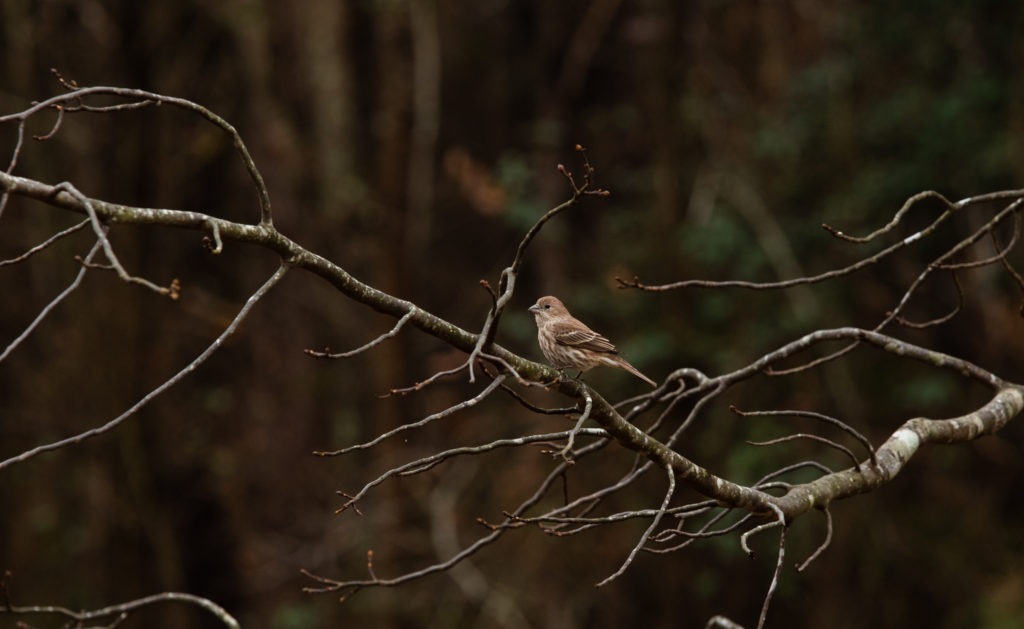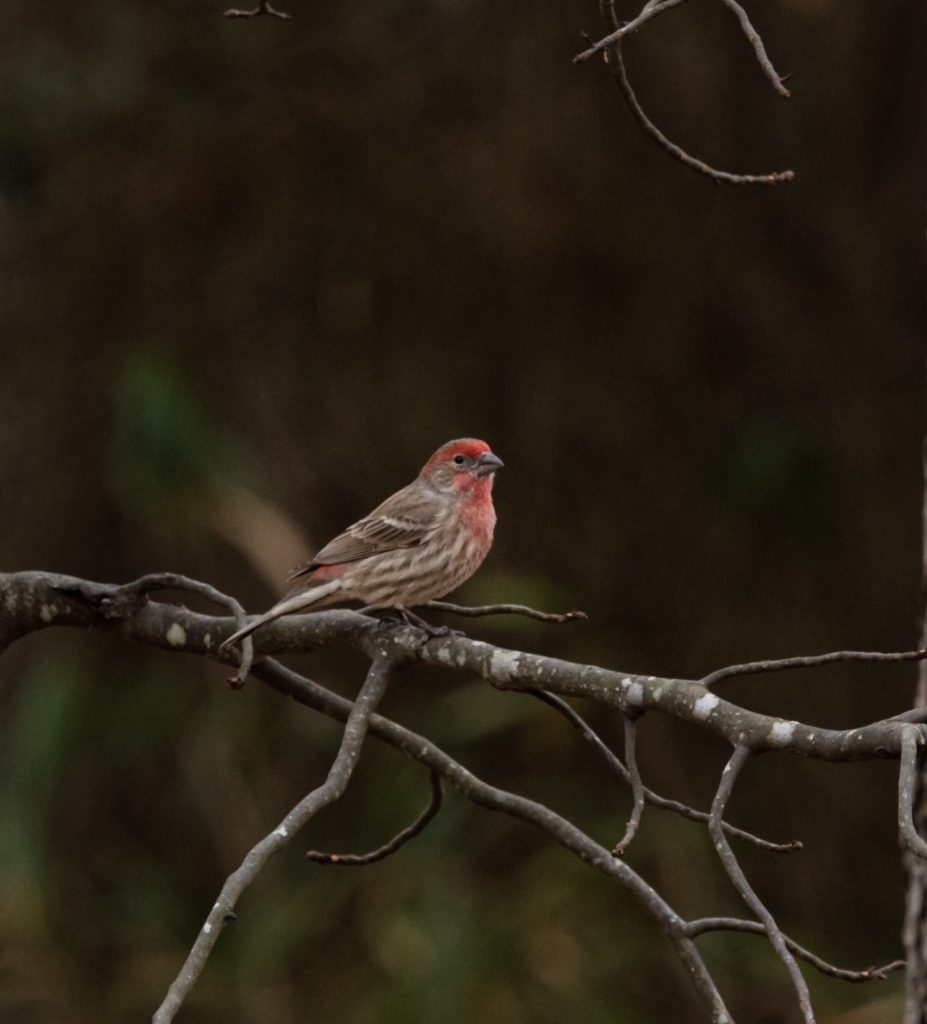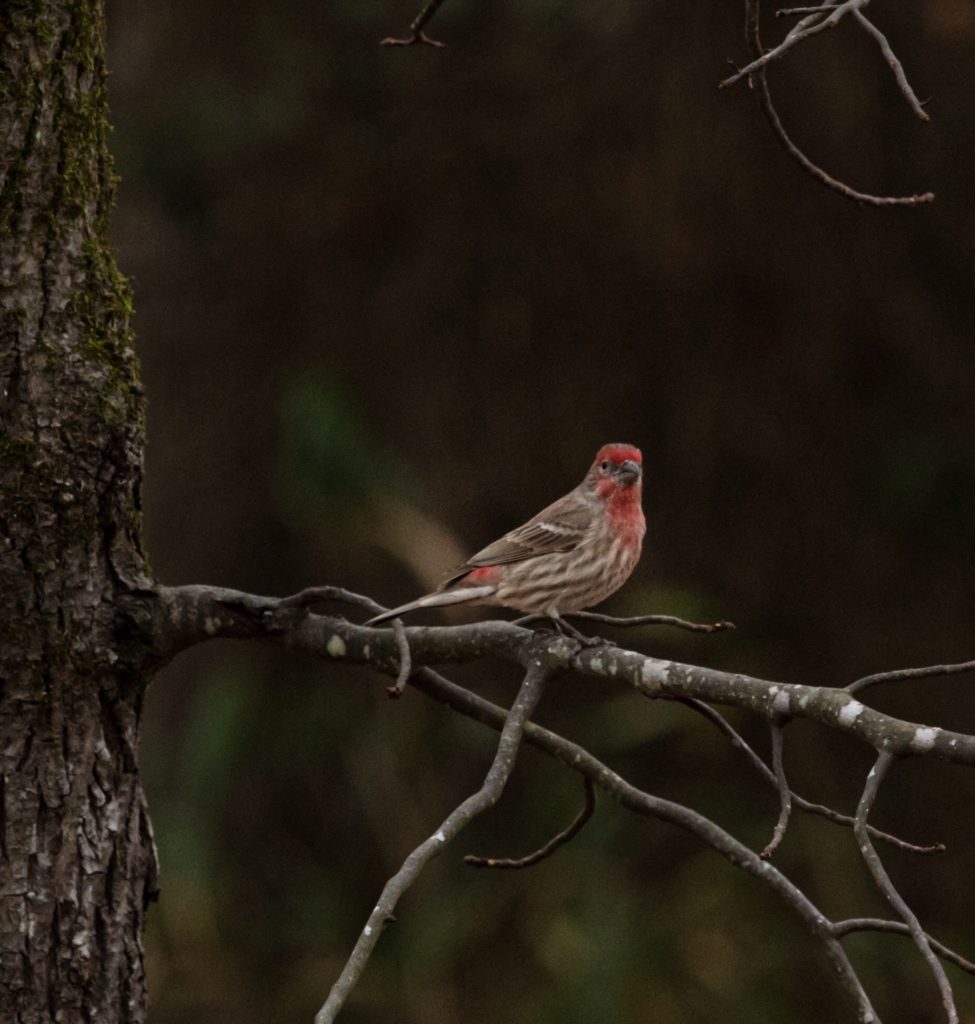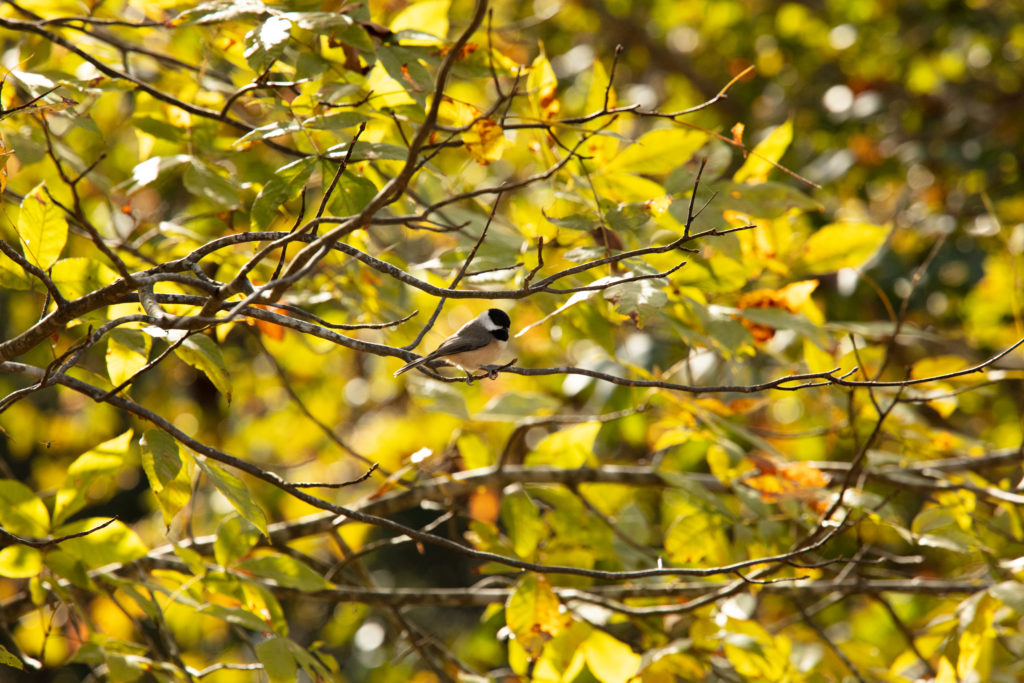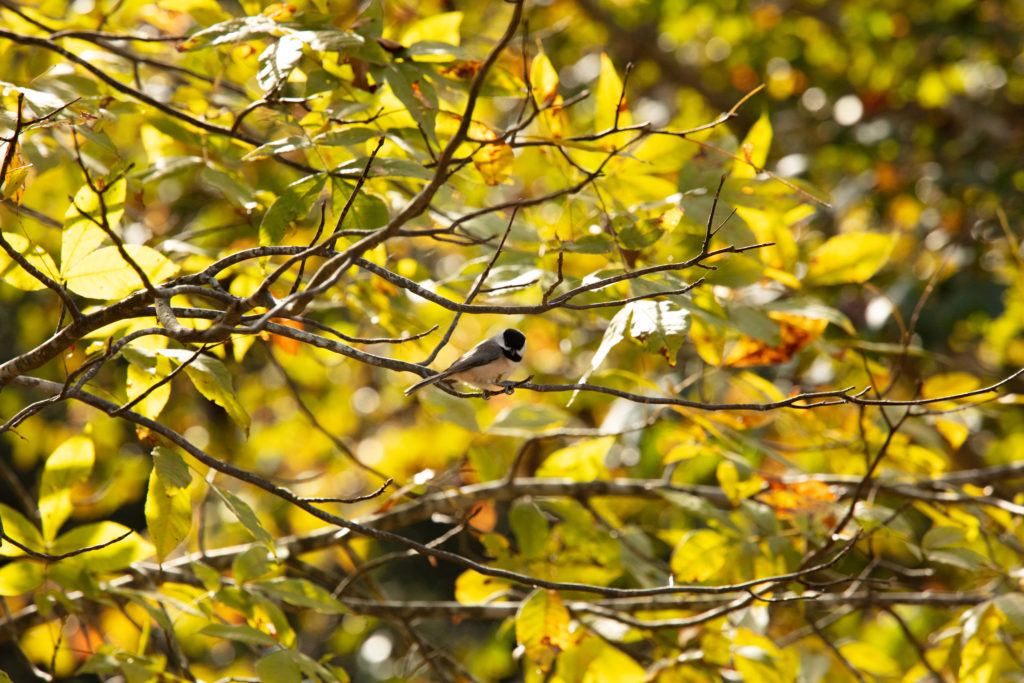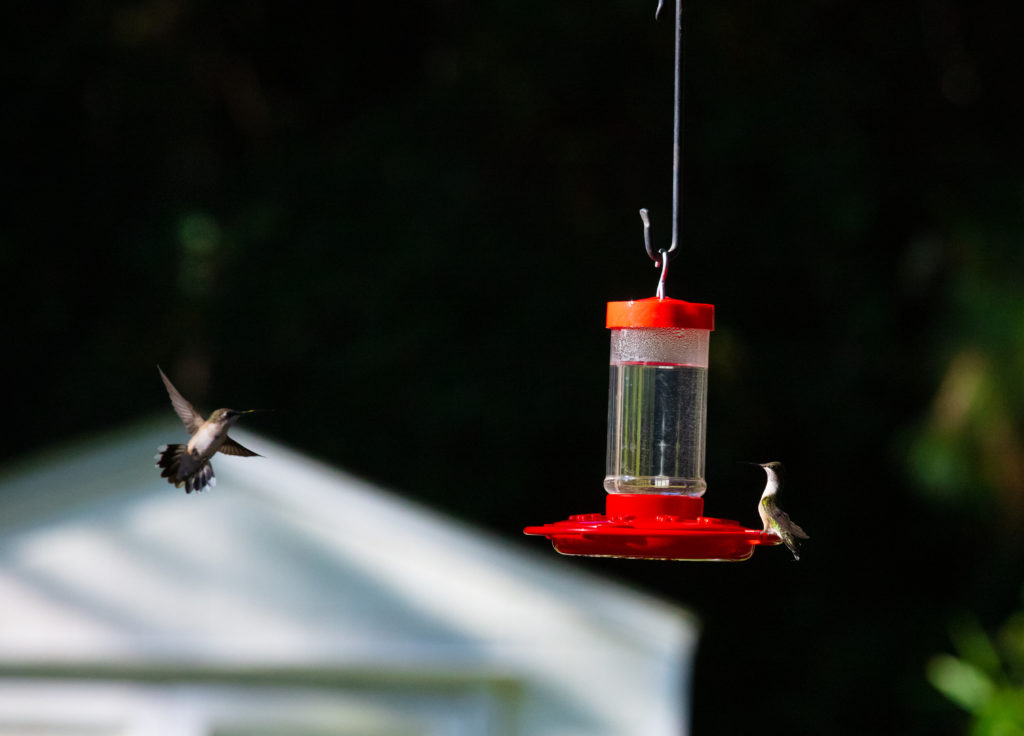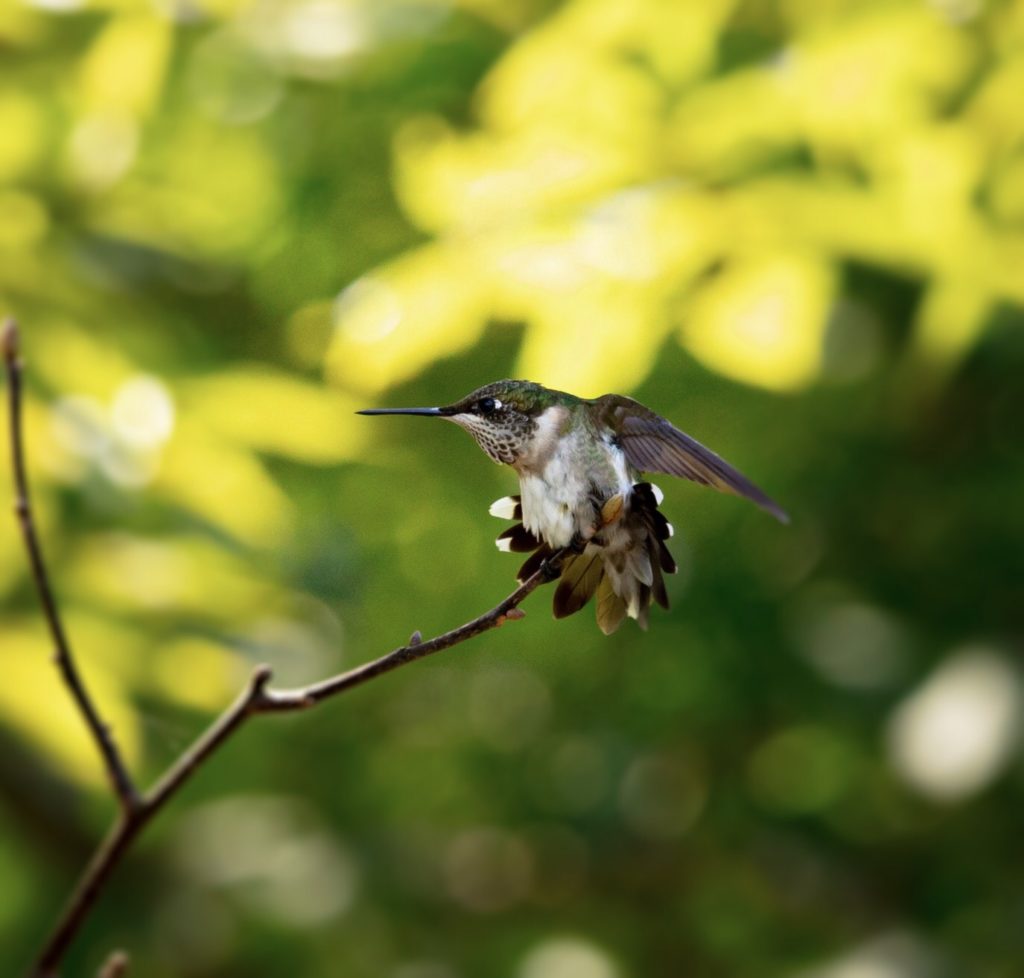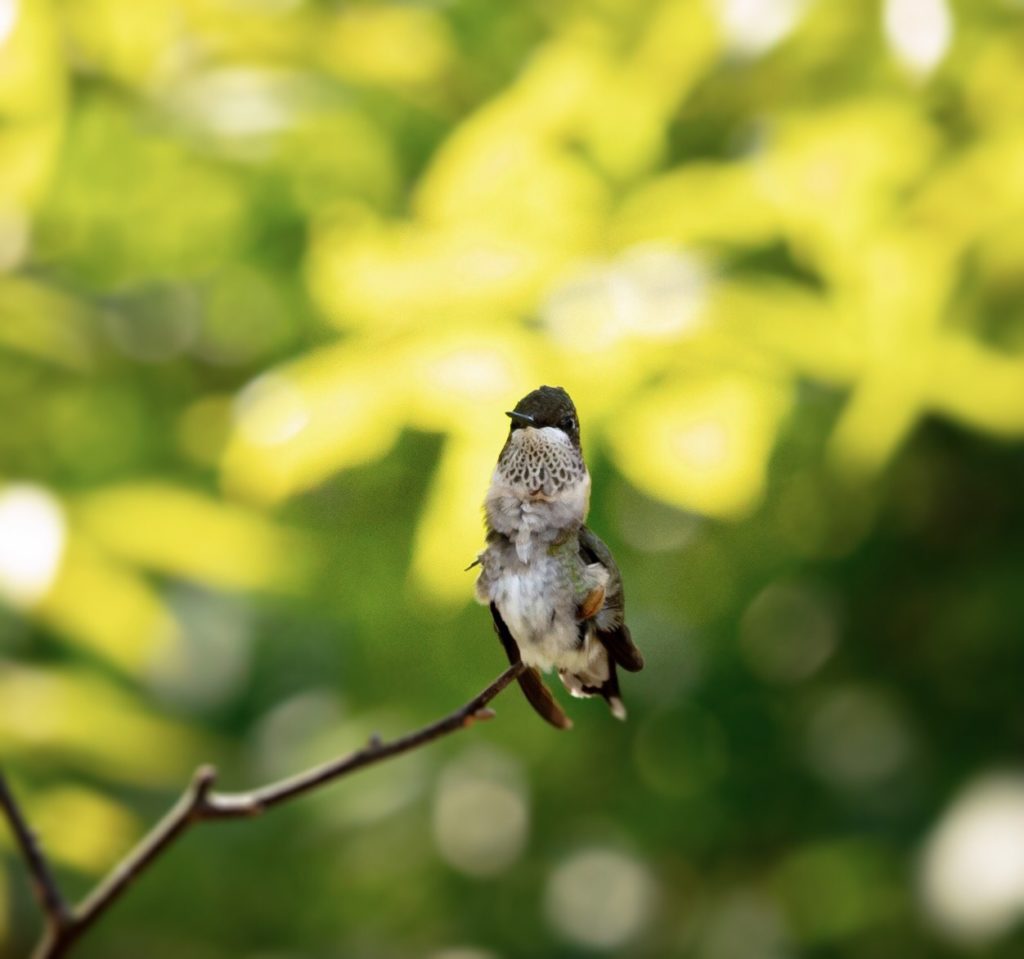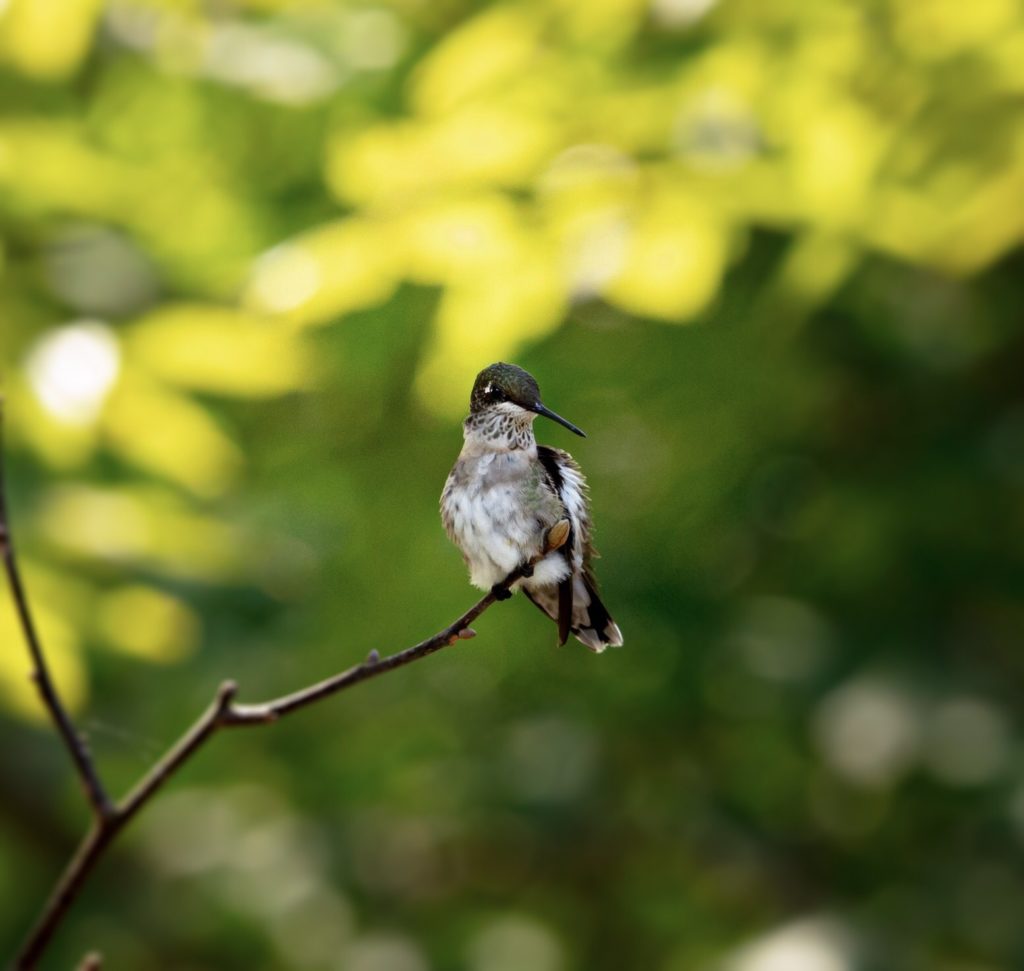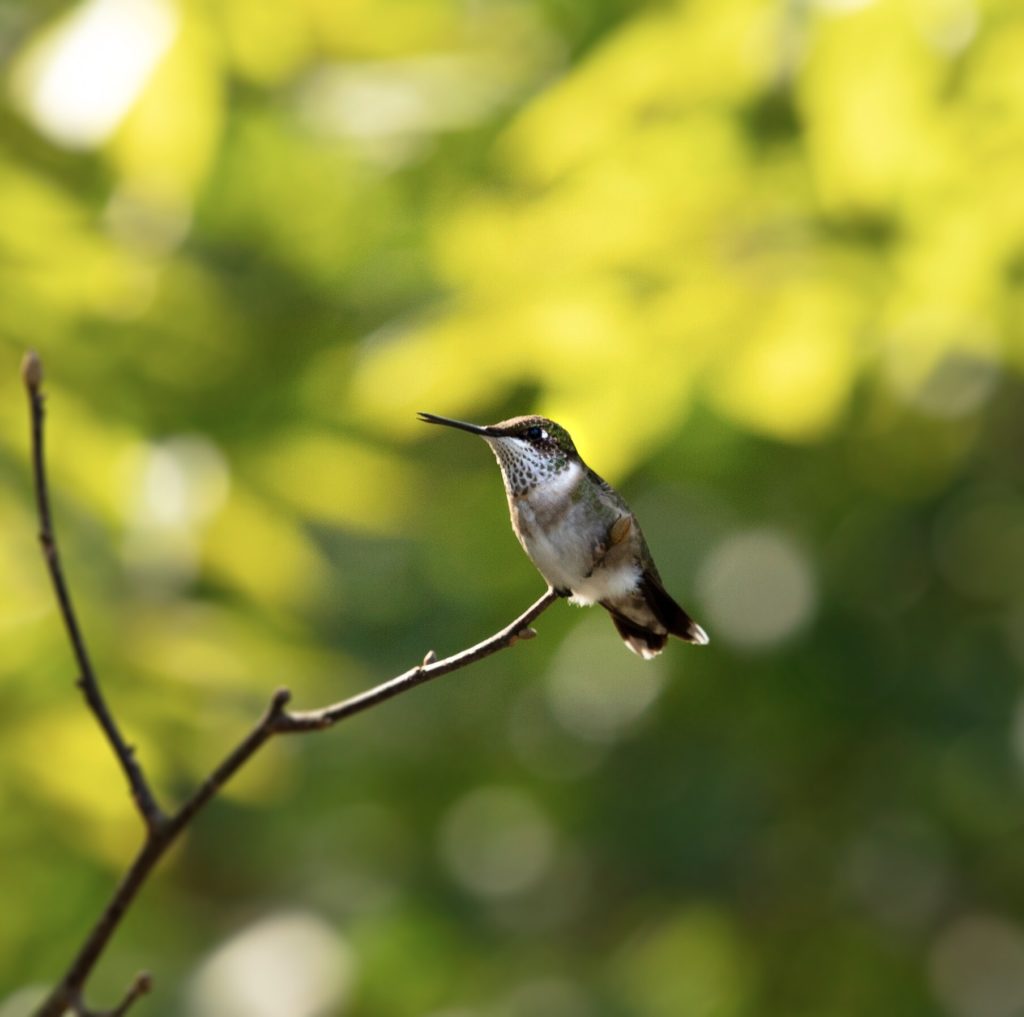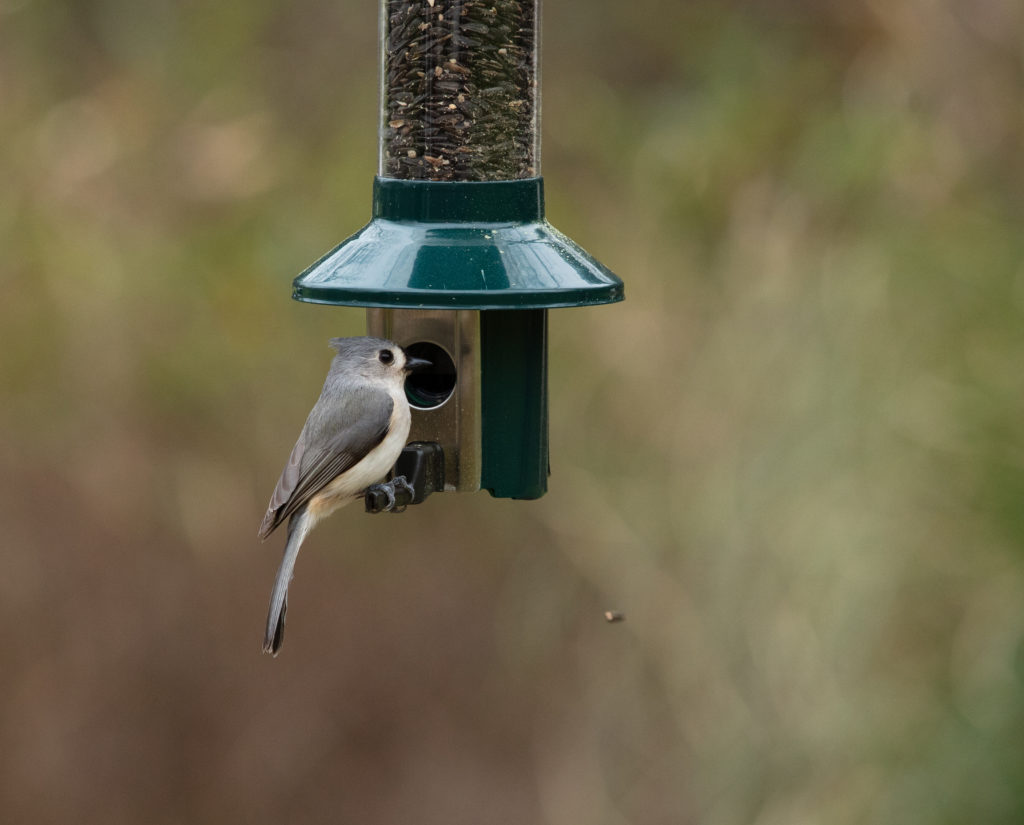
By: Sally Siko, Admin-Birdwatching NC
At home working (kind of) and getting distracted by the birds in my yard, lol!
Though Tufted Titmice are a “common” sight here in central NC, it’s nice to stop and appreciate them every once and a while.
Especially if it means I can sit outside sipping coffee on my porch and avoid sitting at my desk right now, haha!
Enjoying
the antics of the birds right here at home in central NC is a welcome
diversion to all that’s going on out there in the world today.
This
little Tufted Titmouse has been raiding my feeders hourly and seems to
really appreciate the buffet that I’ve set out for him and his feathered
cohorts.
A little gray bird with an echoing voice, the Tufted Titmouse is common in North Carolina’s deciduous forests and a frequent visitor to our feeders. Their large black eyes, small, round bill, and brushy crest gives these birds a quiet but eager expression that matches the way they flit through canopies, hang from twig-ends, and drop in to bird feeders.
When a Titmouse finds a large seed, you’ll see it carry the prize to a perch and crack it with sharp whacks of its stout bill.
What they lack in size, Titmice make up for in tenacity as they will defend favorite feeding spots with vigor.
Quite a sight to see 🙂
Photos by @sally_siko of @birdwatching_nc
Canon 5Ds
Photos captured with my mighty Canon 5DS. If you are interested in getting shots like these with this 50 MP beast of a camera, please check out the link below to Canon USA.
Birdwatching NC is sponsored by Canon USA and I am proud to be a Canon shooter. After 13 years of trusting my professional photography business to Canon’s line of products, I cannot recommend this company strongly enough. If you have have any questions about my gear, shoot me a message!
Birdwatching NC is also sponsored by Zenfolio. Zenfolio is a photography website gallery and hosting company. I’ve been using Zenfolio to show and sell my images for over a decade and actually recommend this company to other photographers over WordPress!
You can check out Zenfolio for free by clicking the link below.
With custom galleries, online storage, the ability to sell prints and digital downloads, a powerful blog with seamless SEO tools, Zenfolio provides everything a professional photographer would need to run their photography business online.
Lastly, in addition to running things around here at Birdwatching NC, plus operating a North Carolina outdoor wedding photography company, I also provide website SEO and building services for photographers who need a solution to showing and selling their work online through my company Websites for Photographers. In a nutshell, I design kickass websites on the Zenfolio platform built from the ground up with a sound foundation of SEO principles in place so that my clients get found by more customers on the web.
I also provide SEO services and site audits for existing Zenfolio users to fix search engine indexing problems fast.
If you are a wildlife or bird photographer who is in need of a solid website please check out my company Websites for Photographers by clicking the photo link below.



